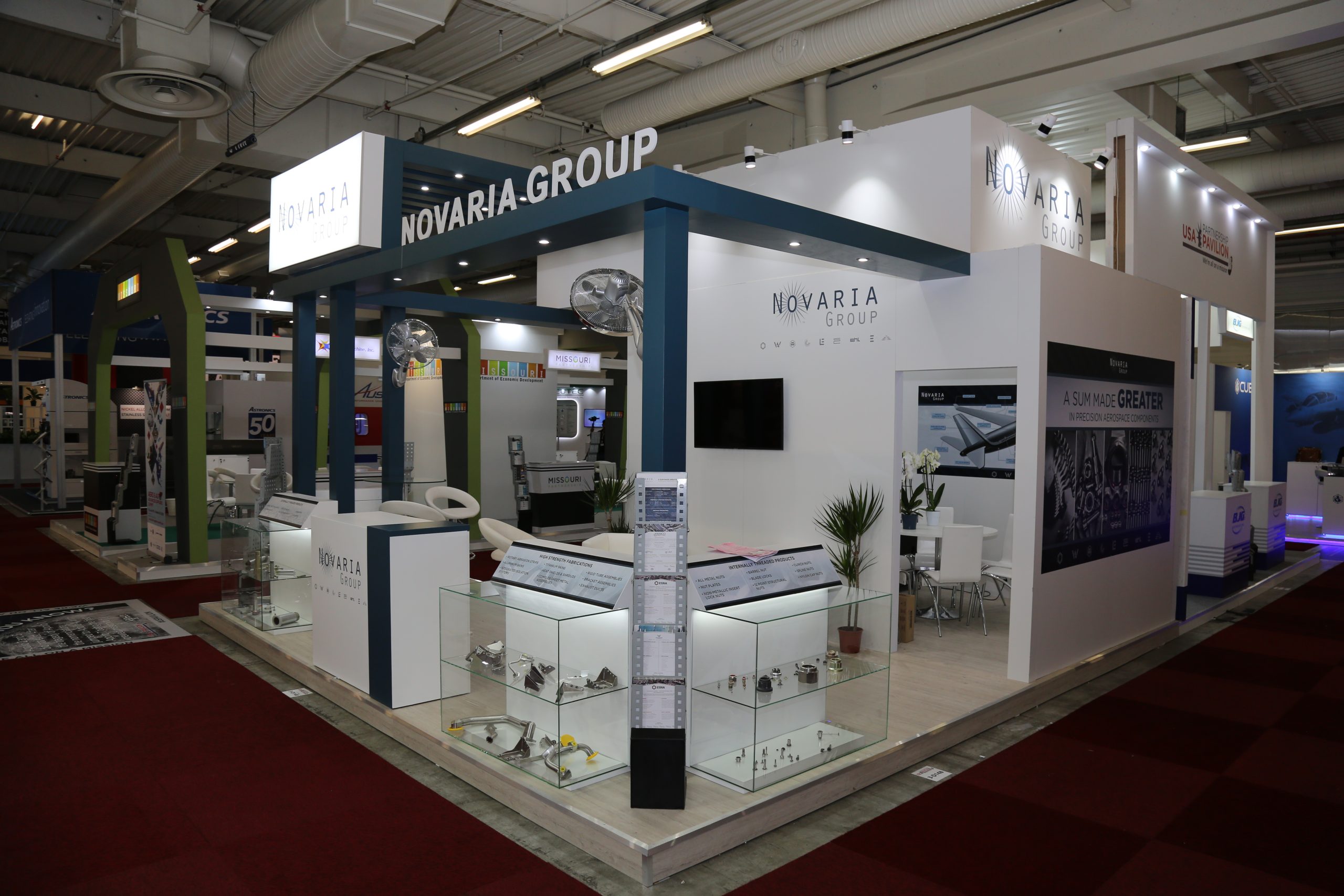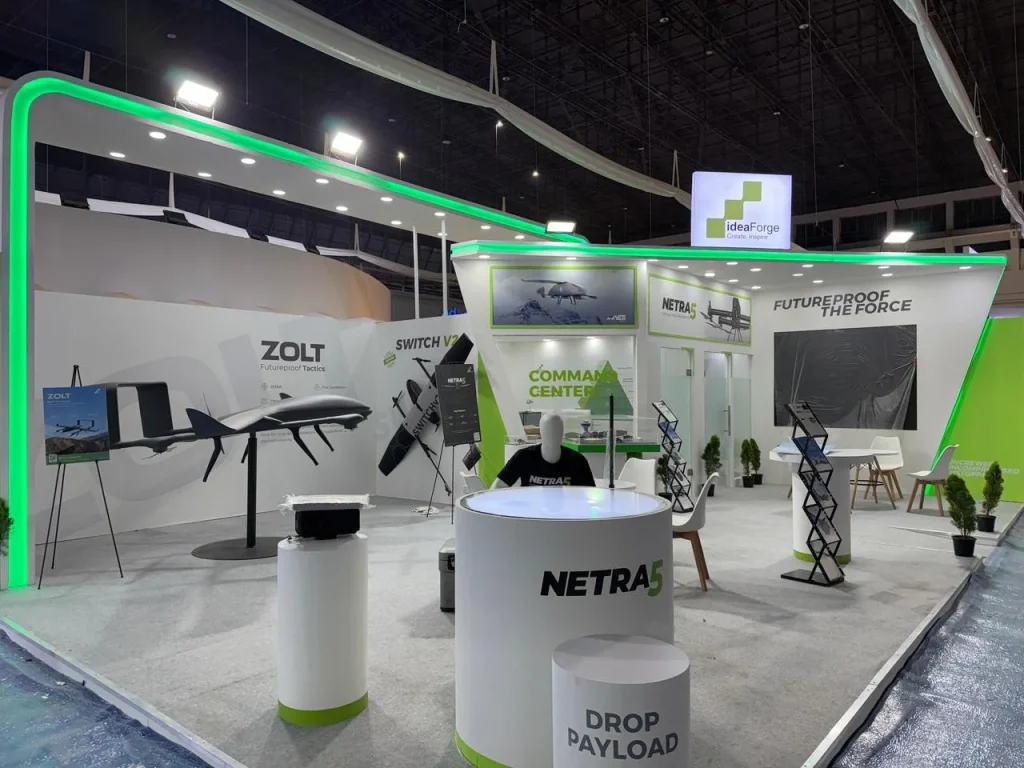
Introduction
In today’s fast-paced and ever-evolving business landscape, industries are constantly being disrupted by technological advancements, shifting consumer preferences, and emerging trends. Trade shows, as hubs of innovation and collaboration, play a crucial role in showcasing these disruptions and helping businesses adapt to change.
In this blog, we explore how trade show booths are evolving to meet the challenges of a rapidly changing industry landscape, embracing innovation, flexibility, and adaptability to stay ahead of the curve.
Agile Design Concepts:
Traditionally, trade show booths were static structures, designed to showcase products and services in a fixed space. However, as industries undergo rapid transformation, booths need to be more agile and adaptable to accommodate changing needs and objectives.
Agile design concepts, such as modular structures and customizable components, allow booths to be easily reconfigured to suit different exhibition formats, audience demographics, and marketing strategies. This flexibility enables businesses to stay nimble in the face of disruption and quickly pivot their booth designs to capitalize on emerging opportunities.
Integration of Technology:
Technology is driving profound changes across industries, revolutionizing everything from customer engagement to supply chain management. Trade show booths are no exception, as businesses increasingly leverage technology to enhance the exhibition experience and drive meaningful interactions with attendees.
From interactive displays and virtual reality experiences to live demonstrations and augmented reality applications, the integration of technology into booth designs enables businesses to showcase their products and services in innovative ways, while also staying ahead of technological disruptions shaping their industries.
Embracing Sustainability:
As concerns about environmental sustainability continue to grow, businesses are under increasing pressure to demonstrate their commitment to eco-friendly practices. Trade show booth exhibits are no longer just spaces for showcasing products – they are also platforms for showcasing corporate values and sustainability initiatives.
Booth designs that prioritize sustainable materials, energy-efficient lighting, and waste reduction strategies not only align with evolving consumer expectations but also demonstrate a commitment to responsible business practices. By embracing sustainability, trade show booths can adapt to changing industry norms and position businesses as leaders in environmental stewardship.
Cultivating Brand Storytelling:
In an era of information overload, capturing and retaining the attention of attendees at trade shows can be a challenge. Booth designs that prioritize brand storytelling and experiential marketing offer a compelling solution. By creating immersive environments that tell a cohesive brand story and evoke emotional connections with attendees, businesses can stand out amidst the noise and leave a lasting impression.
Whether through interactive exhibits, live demonstrations, or multimedia presentations, trade show booth exhibits that prioritize storytelling adapt to changing industry dynamics by engaging audiences on a deeper level and forging meaningful connections that transcend the exhibition floor.
Conclusion:
In conclusion, designing for disruption in trade show booths requires a combination of innovation, flexibility, and adaptability. By embracing agile design concepts, integrating technology, embracing sustainability, and cultivating brand storytelling, trade show booths can adapt to changing industry landscapes and remain relevant in an ever-evolving business environment.
As industries continue to undergo rapid transformation, trade show booth exhibits serve as vital platforms for showcasing innovation, driving engagement, and shaping the future of business. By staying ahead of the curve and embracing disruption, businesses can leverage trade shows as opportunities for growth, collaboration, and success in an increasingly competitive marketplace.


 Global
Global Europe
Europe

